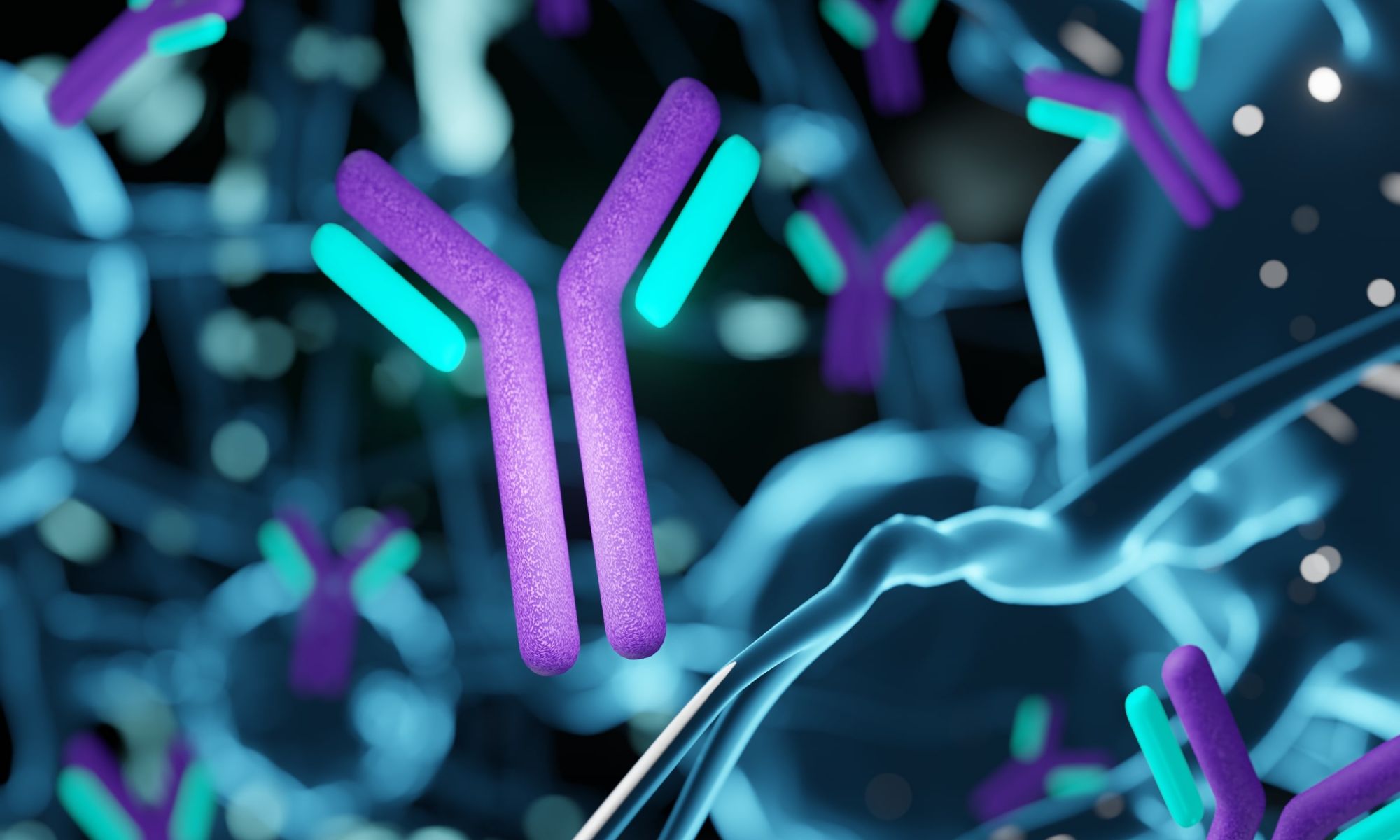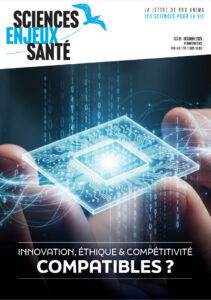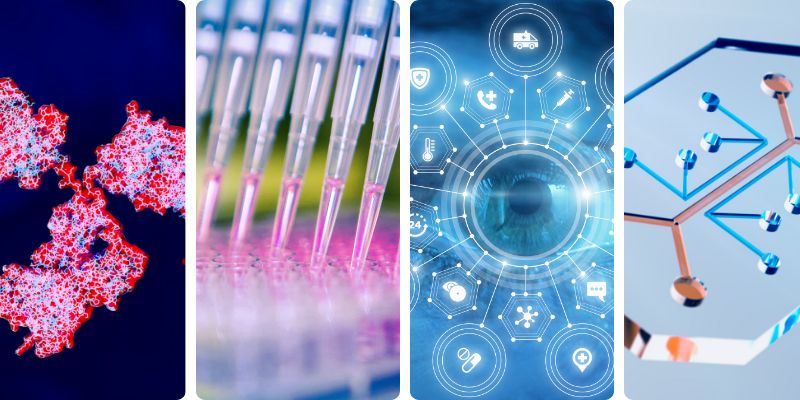
News on non-animal methods
JANUARY 6 - 10, 2025
NEWS, REPORTS & POSITION STATEMENTS
1. From biology-first AI to structured digital twin adoption: 4 shifts coming to biopharma R&D in 2025
From 2012 to 2022, inflation-adjusted R&D spending increased by 44%, according to McKinsey. In September 2024, Moderna revealed plans to cut its R&D expenses by $1.1 billion, aiming to reduce annual R&D spending from $4.8 billion in 2024 to under $4 billion by 2027. Looking ahead to 2025, two execs predict more of an evolutionary advance of digital initiatives in drug development than a revolutionary one.
Niven Narain, CEO of BPGbio, anticipates a shift from hype-driven AI investments to biology-first methodologies while Gen Li, CEO of Phesi, foresees growing interest in digital twins, virtual patient models based on extensive clinical data.
2. The Oxford Organoid Hub (OOH): developing, implementing, and disseminating human disease model systems
The Oxford Organoid Hub, funded by the Department of Physiology, Anatomy & Genetics (DPAG) and the Oxford British Heart Foundation Centre of Research Excellence (BHF CRE), is soon to be established. The hub, to be co-directed by Christopher Toepfer and Filipa Simões, will bring together expertise from across the University, creating a unique platform for developing advanced 3D organoid systems.
For researchers in the Sherrington Building, the Oxford Organoid Hub is an exciting new opportunity to engage with cutting-edge technologies, cross-disciplinary collaborations and enhance the impact of their work.
3. Are misaligned incentives preventing better patient outcomes in life sciences R&D?
The Pistoia Alliance and ZS Associates have launched a new white paper: “Are misaligned incentives preventing better patient outcomes in life sciences R&D? The hidden barrier to full human data integration.”
This joint research initiative brings together insights from 25 industry leaders including sponsors, regulators, patient advocates, healthcare providers, and health systems. It explores what it would truly take to create a future where near-real-time integration of human health data fuels R&D innovation, and identifies the key opportunities and challenges that currently stand in the way of achieving this vision.
4. Will AI revolutionize drug development?
The potential of using artificial intelligence in drug discovery and development has sparked both excitement and skepticism among scientists, investors and the general public. In a new article published on The Conversation, researchers explain why the revolution of AI depends on how it’s used.
INTERVIEWS, NOMINATIONS & AWARDS
5. Exploring the use of stem cell-based models in drug discovery
A new episode of Industry Insights features Drs. Bas Trietsch from MIMETAS and Jenna Moccia from STEMCELL Technologies as they explore the use of stem cell-based models in drug discovery. They discuss how regulatory milestones underscore the growing acceptance of these models, prompting scientists to seek out clinically predictive tools such as organoids and organ-on-a-chip systems.
TOOLS, PLATFORMS, CALLS
6. Launch of the recombinant antibodies and mimetics database
The Centre for Human Specific Research just launched a first-of-its-kind database that categorizes recombinant antibodies and antibody mimetics based on their origin, discovery, and production, with a focus on the involvement of animals and animal-derived biomaterials in their manufacture. There are currently thousands of antibodies in the database, a figure which is continually growing, with new suppliers joining regularly.
Serving as a vital link between researchers and global suppliers, the database brings extensive benefits to end users and suppliers by positioning recombinant antibodies and antibody mimetics as the new gold standard in research and development.
7. The in silico medicine info kit
In recent years, the VPH Institute has conducted a diverse range of stakeholder engagement activities as part of its involvement in EU-funded research projects. The insights and experiences gained from these activities are now compiled in the In Silico Medicine Info Kit.
This free resource is designed to empower researchers, project managers, and directors involved in the proposal, planning, and execution phases of in silico medicine-related projects. The handbook provides clear instructions, guidelines, and resources to navigate the complexities of stakeholder engagement effectively. As a living document, this info kit will be regularly updated to reflect the latest advancements in the field. Contributions from the in silico community are highly encouraged.
8. Pharmacogenomic strategies for personalised medicine approaches
In the frame of the European Partnership for Personalised Medicine, EP PerMed, (supported by the European Union under Horizon Europe), the French National Research Agency (ANR), in collaboration with 35 funding organisations, launches the second joint transnational call for proposals on “Pharmacogenomic strategies for personalised medicine approaches (PGxPM2025)”. The available budget is over 36.5 Mio€.
Scope of the Call: 1) identification of new pharmacogenomic markers or signatures using (multi)-omics data in relation to drug or drug combination; 2) validation of a pharmacogenomic marker or signatures using (multi)-omics data in predicting drug or drug combination outcomes; 3) use pharmaco-omics strategies to determine the right dosage, the efficacy of treatments and/or the risk of adverse drug response and non-response to treatment to tailor personalised treatment pathways, including combined treatments (multi-medication).
9. MPS world summit 2025: Call for abstract
The International MPS Society (iMPSS) and the European Organ-on-Chip Society (EUROoCS) join forces to organize the MPS World Summit in Brussels (Belgium) from 9 – 13 June 2025.
Abstract submission is officially open. Scopes are cell culture systems replicating (patho-) physiology through engineered organ architecture and functionality. This includes especially 3D-(co-)cultures such as organoids, organ-on-chip models, and multi-organ models, as well as the technologies to engineer and analyze these systems. Submission Deadline: January 15, 2025.
Read more and submit your abstract
SCIENTIFIC DISCOVERIES & PROTOCOLS
10. Evaluation of the standard battery of in vitro genotoxicity tests
In human health risk assessment of chemicals and pharmaceuticals, identification of genotoxicity hazard usually starts with a standard battery of in vitro genotoxicity tests, which is needed to cover all genotoxicity endpoints. A working group applied mathematical modeling to a database with publicly available in vitro and in vivo data for genotoxicity to evaluate the “Predictivity of In Vitro Genotoxicity Testing,” in the context of the 8th International Workshop on Genotoxicity Testing (IWGT).
The results indicate that a mammalian in vitro clastogenicity test and a mammalian cell gene mutation test together provide strong predictive weight-of-evidence for evaluating genotoxic hazard of a substance. Further research comparing in vitro genotoxicity data with in vivo data for additional compounds will provide more insights whether it is indeed time to reconsider the composition of the standard in vitro genotoxicity battery.
11. Innovative tissue engineering: ESCAPE, a pioneering new method explained
Biologically engineering tissue structures that are organized across multiple scales, from the arrangement of small cells all the way to the architecture of a large organ, has proven challenging using current fabrication technologies. Christopher Chen, Ph.D. and his team at Boston University (BU) and the Wyss Institute at Harvard University have invented a new approach to solve this complex problem called ESCAPE (Engineered Sacrificial Capillary Pumps for Evacuation).
In this new research published in Nature, the multidisciplinary team demonstrates how they used gallium, a soft silvery metal that melts just above room temperature, as a molding material for generating cell structures in a wide range of shapes and sizes that can be used to engineer tissue.
12. Bacteria to the rescue: a sustainable solution for growing organoids
Researchers from the Organoid group at the Hubrecht Institute developed a new way to grow organoids. The researchers were able to grow organoids using Invasin, a protein produced by bacteria. This study, published in PNAS on 30 December shows that Invasin offers a sustainable, affordable and animal-free alternative to currently used methods.
“We started to think out of the box and try something completely different,” says Joost Wijnakker, the study’s first author.
UPCOMING WEBINARS, WORKSHOPS, SYMPOSIA
JRC Summer School on Non-Animal Approaches in Science — Changing the paradigm
The JRC is excited to announce the fifth edition of its Summer School on Non-Animal Approaches in Science that will take place from Monday 19 to Friday 23 May 2025 in Ispra (Italy).
Applications are now open.


